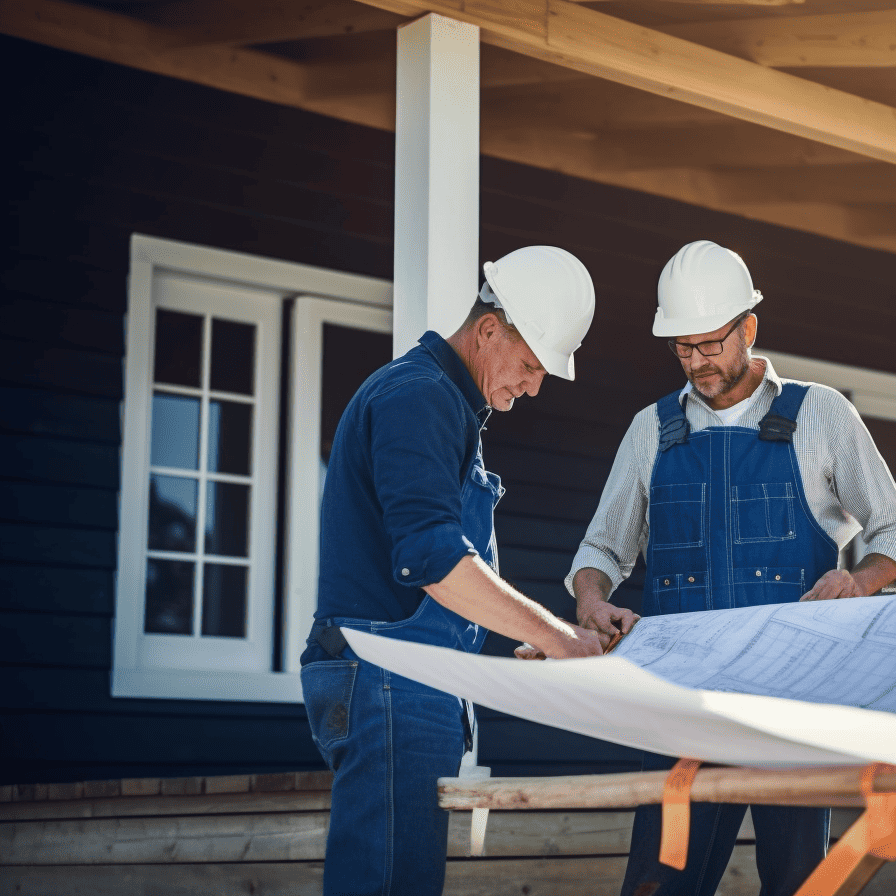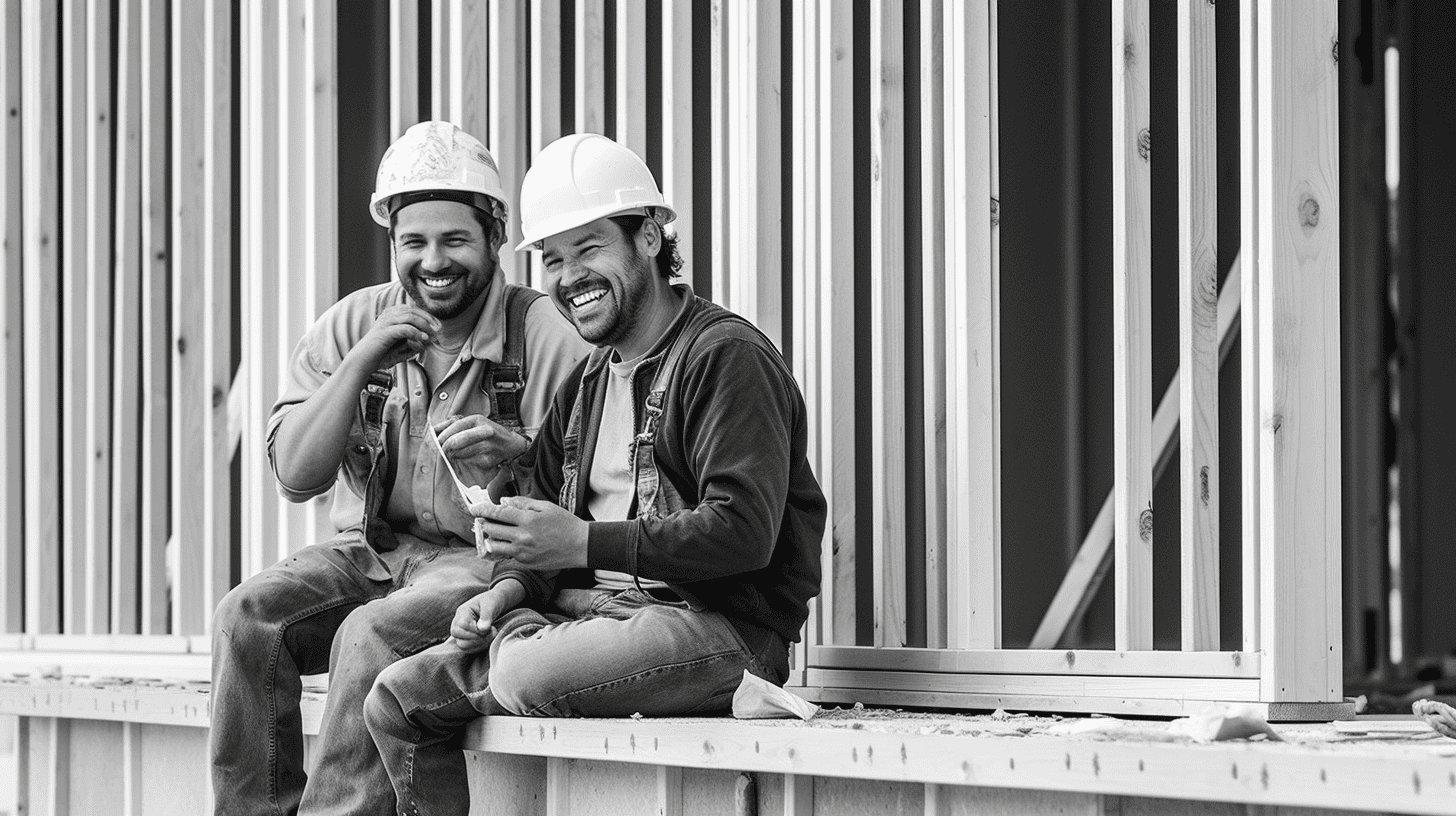Value engineering has become a buzzword in the architecture and construction industry, steadily gaining recognition for its ability to enhance project efficiency. It’s as if you’ve found the magic ingredient in a complex recipe, transforming ordinary into extraordinary by maximizing value without inflating costs. But what exactly is value engineering and why should you care?
At its core, value engineering is a systematic method aimed at optimizing project value by analyzing functions and components, often resulting in cost savings and performance improvements. Imagine crafting a beautiful painting: with the right mix of colors (or materials and methods, in our case), the artwork shines brightly, capturing the essence of what it was meant to portray—elegance, functionality, and sustainability.
The Core Principles of Value Engineering
Value engineering isn’t just a fancy term for cost-cutting; it’s much more refined and thoughtful. It considers the relationship between cost and quality, creating a harmonious balance akin to a well-tuned orchestra playing a symphony. This process requires a deep dive into project functionality, scrutinizing each element meticulously to achieve the best outcome.
One might wonder, “How does this differ from regular cost management?” While cost management strategies focus on controlling expenditures, value engineering delves deeper into the ‘why’ and ‘how’. It seeks innovative alternatives that fulfill required functions at the lowest life-cycle cost, without sacrificing quality.
Analyzing Functionality and Value
Imagine a chef choosing ingredients for a high-class meal—the selection isn’t just about price, but about flavor and how individual components enhance the entire dish. Similarly, in value engineering, each element is examined for its contribution to the project’s objectives. Unnecessary or underperforming items are replaced with better options to optimize efficiency.
This practice not only cuts costs but often results in higher-quality outcomes, somewhat like using fresh ingredients instead of canned ones might elevate a dish. It’s about focusing on long-term value over short-term savings, a principle explored further at the National Research Council Canada – Value Engineering website.
Optimizing Designs for Maximum Value
Much of value engineering revolves around design improvements. A designer’s vision is akin to a sculptor chiseling that first block of marble—the potential for brilliance is inherent, but realization demands insight, patience, and precision. By refining designs, projects not only realize their intended beauty and functionality but do so with increased efficiency and reduced waste.
A crucial aspect is considering the trade-off between budget vs. quality. Pitting these against each other shouldn’t translate to compromise on essentials but rather exploring innovative solutions that maximize both.

Let’s not forget future-proofing the construction. Sustainable options provided by Ontario garage builders are just one example of how the local industry adopts environmentally friendly practices while optimizing project design.
Implementation in Real-World Projects
Why is value engineering crucial in real-world applications? The benefits extend beyond cost savings, encompassing everything from reduced environmental impact to quicker timeframes. Imagine constructing a bridge not only with sound engineering principles but also with optimal resource use—resulting not just in structural integrity, but in reduced emissions and faster completion times.
Economic and Environmental Benefits
When projects optimize value through intelligent resource management, they echo the ethos of reduce-reuse-recycle—saving money whilst conserving natural resources, thus benefiting both the client and the planet. It’s like planting a tree: once it takes root, it not only stands as a testament to foresight but also contributes to ecological well-being over time.
The overall economic advantages are apparent through minimized waste and operational efficiency. As industries increasingly value sustainability, projects adopting value engineering gain investor interest through their demonstrated commitment to greener practices.
Navigating Challenges in Value Engineering
Nothing worthwhile comes without challenges. Like navigating through a maze, value engineering requires skill, patience, and determination. Among the challenges are resistance to change and the perceived risk of venturing into the unfamiliar. It’s a delicate dance between innovation and assurance, where enthusiasm must meet pragmatism.
For instance, addressing a new design method may raise concerns over unexpected results or additional training requirements. However, successful navigators in this domain understand that every great leap forward began with a single, calculated step.
Building Consensus
Aligning all stakeholders is essential. When each party—from clients and architects to contractors and suppliers—grasps and supports the vision, only then can a project genuinely flourish. It’s much like rowing a boat; everyone needs to paddle in harmony to reach the destination swiftly and efficiently.
Incorporating collaborative workshops and transparent communication approaches enhances stakeholder buy-in. When individuals see and understand their role in elevating project value, they become not just participants but ardent advocates.

Concluding Thoughts on Value Engineering
In conclusion, embracing value engineering is like unlocking the final piece of a long-puzzled jigsaw. It integrates cost efficiency, enhanced functionality, and sustainable practices into a single, cohesive approach. Every step—from brainstorming and design to implementation—is a journey towards excellence, promising not only enhanced aesthetic and operational elements but greater overall satisfaction.
The benefits resonate universally, from clients and construction teams to the wider community, making it truly invaluable. Like an artist who captures human emotion with every brush stroke, value engineering enhances project resonance through deft, thoughtful choices—ensuring every construction endeavor stands the test of time.

By prioritizing value-driven decisions, we create structures that not only fulfill our immediate needs but also pave the way for a sustainable and efficient future. As we progress in our projects and efforts, let value engineering guide us to truly optimize and redefine what efficiency means in building and construction.










